The work first published in 1925 in the series Der Indische Kulturkreis in Einzeldarstellungen has been considered a classic, but has not been alas easily accessible to the English reading public. Also for long, the work has been out of print. With the publication of the English translation many new vistas of exploration will immediately open up. It is remarkable that despite the paucity of published material, the comparative absence of structural linguistic models for the study of languages and theoretical paradigms, the late Professor Stutterheim employs the tools of structural linguistic analysis, comparative literature, and historical reconstruction. This is a far more challenging task than descriptive archaeology and stylistic analysis. Fundamental to this is his ability to correlate and revaluate the relationship between the written texts and oral transmission. While all this is very familiar to contemporary scholarship, a reading of this monograph convinces one that Professor Stutterheim anticipated modern scholarship by many decades. His concern was not restricted to the archaeological features of this group of temples but went much further into interpretation and identification of the historical processes of acculturization, diffusion and autochthonous tendencies. Along with the late Professor D.C. Sen, he may be considered the first scholar to draw attention to the role of the oral enunciation of the Rama Legends in different parts of Asia. In this monograph he forcefully argues that Valmiki’s Ramayana was not the basis of the Indonesian versions and disagrees with the hypothesis that Kamban provided a model or even that Hanuman-nataka was the original source. He comes to the interesting conclusion that perhaps Gujarat was the source. Much has been written on the subject during the past few decades, however, Professor Stutterheim’s argument remains fresh. Perhaps scholars will want to re-explore the sources of the Gujarati version of the Ramayana as also the Panji stories of Java. The monograph will also stimulate discussion of a most contemporary concern, i.e., the relationship of the text and the image: the adherence, the interpretations and the deviations. Of late, many art historians have been concerned in their respective ways to analyse the interface of text and image. The monograph is of immediate contemporary relevance as theoretical model for modern scholarship.
Educational Trends and Development Among Muslims of India: With Special Reference to Bihar and Jharkhand
"The book gives the ...
$34.20
$38.00

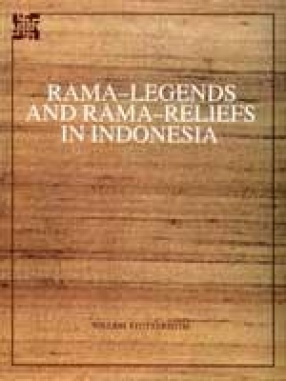
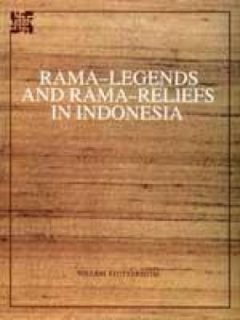
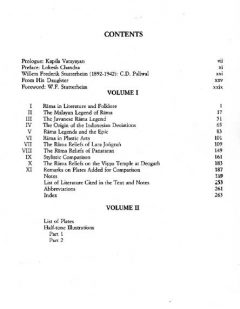
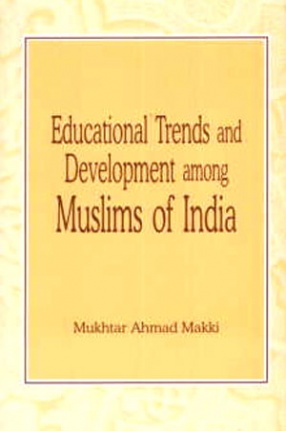
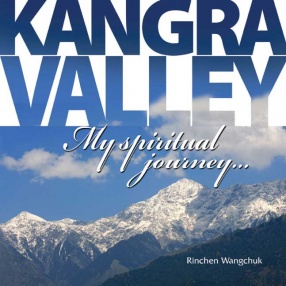
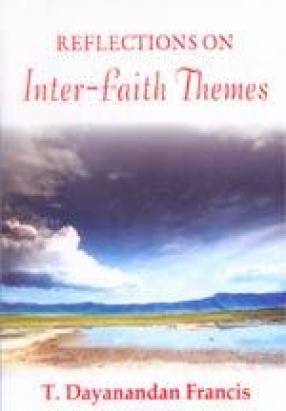
There are no reviews yet.